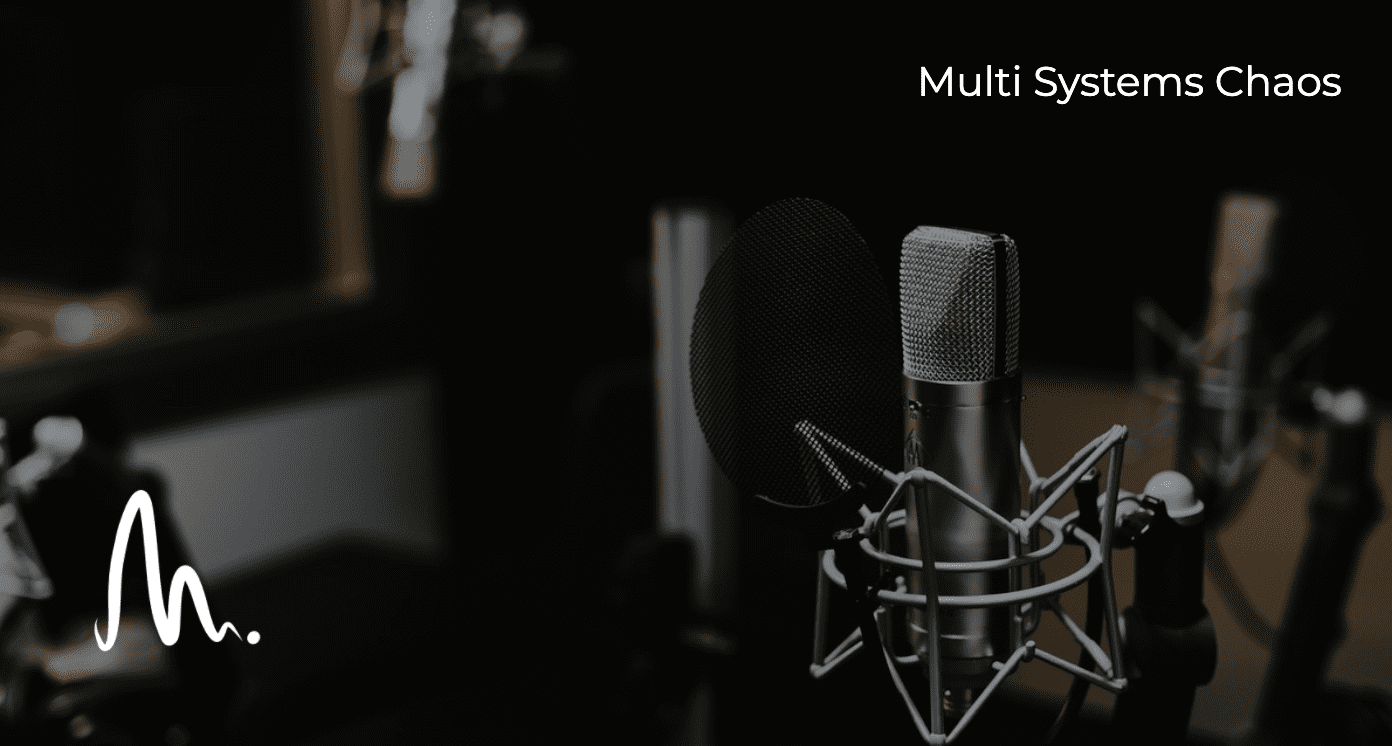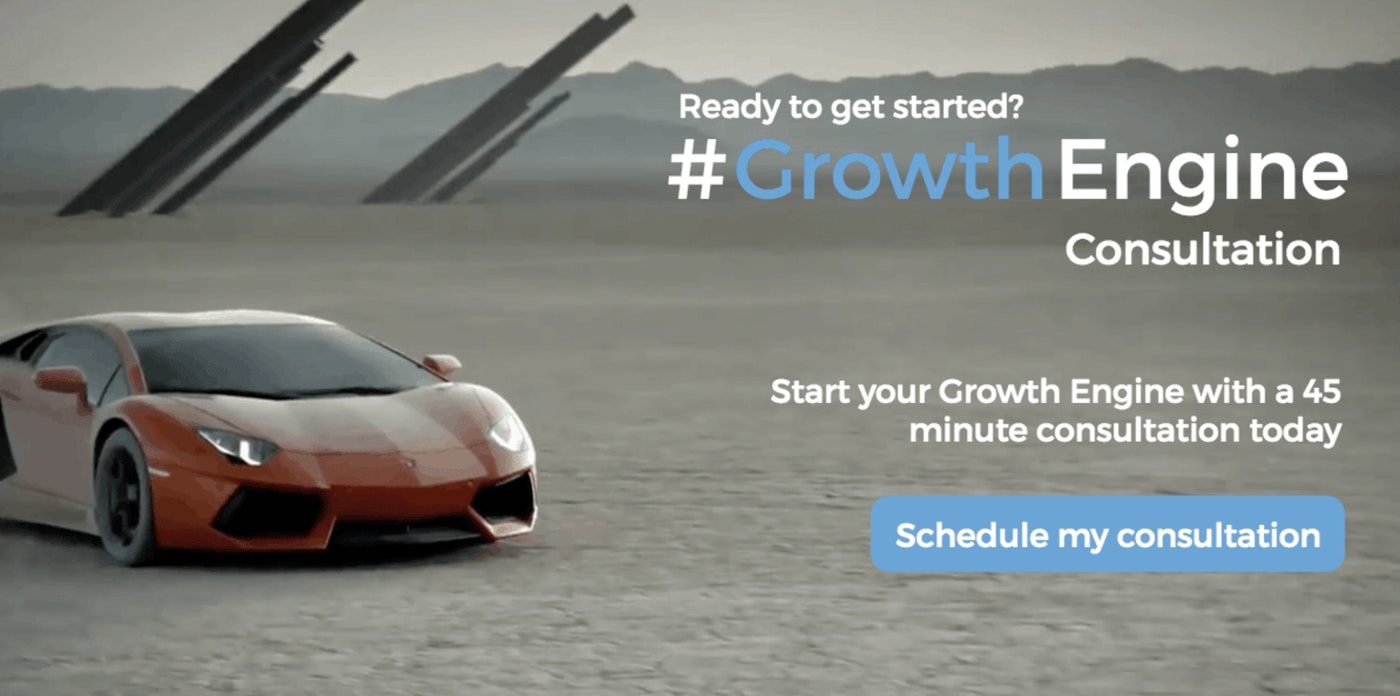
Multi-System Chaos
Introduction
In this growth engine daily video, I want to talk about multisystem chaos.
Whether you’re suffering from that.
Yeah, I really want to open a debate with you.
We did an audit over the last few weeks of all the systems that we run in our business.
With 16 different systems, that’s one six, 16 different systems in our business.
So I think over the years we sort of tried different pieces of software.
Some are on paid subscriptions, some are free.
They seem to just stick around, and what was interesting, it wasn’t just the number of systems that we had, it was how different people in its teams were either favouring those or using those.
I’m also going to share with you at the end of this what we’ve actually done about it, to try to help you sort of shortcut some of the processes that we’ve just done.
I’ll say it’s probably not more than that over weeks, it’s probably more really start more beginning of the year, so that’s like four or five months if I’m being honest.
But really came to a head over the last sort of five or six weeks.
List Out Your Systems
So we counted down and I might not list them all here, but to give you an idea, our main core platform’s HubSpot.
- We have Infusionsoft as a leg assist in there you have teamwork project
- We have Shopify
- We have Recharg
- We have Mention
- We have Intercom
- We have Convert Flow
Just straight out of the gate there for some marketing options and project management systems.
We have Xero for financial systems and many many more.
Evernote, as an example from there.
They’ve all got different purposes.
You cannot get rid of them all and specific departments require specific software.
Like our graphic design team and creative team, they need it, in design and Creative Suite where nobody really in the rest of the business needs it outside of Adobe Reader or something.
So I get that, but the first thing that we did is we looked at which systems are used by common people.
What Does Everybody In Your Team Use?
In common departments.
So where is the consistency?
What does everybody use?
Of course, HubSpot and Infusionsoft came up to mind.
We’re paying for two premium subscriptions there.
So the transform and migration to HubSpot mean that Infusionsoft had to go.
Ultimately I think the biggest part that I wanted to sort of getting across to you is doing that audit.
Just do a check on how many systems you’ve got.
Tally up what you’re actually paying for and whether you need them and whether they’re customer focused internal focused, supplier focused.
For example, all our contractors, we work on Zoom.
That’s a pretty integral part of our business model.
Being able to communicate in real time away from email, away from just the project management system.
That’s a pretty impressive tool.
I know a lot of people use Slack and that’s a great tool as well if you like that.
So really I just wanted to talk about multisystem chaos.
What we found that each department had their own favourites.
Some people liked to use notes on their Apples.
The notes app.
Other people liked to use Evernote.
But there was no sort of common sort of ground and our challenge was how do we pull that together?
Bring that so we can reduce the number of systems and reduce the number of subscriptions and confusion.
Keep all the data in one place, especially with the GDPR.
All over us with storing data.
Multisystem chaos is an issue.
So I just want you to think about that.
How we approached it was we did an audit and we asked all our teams our creative team, our fulfilment team, our sales team, our strategy team, web creative, SEO team.
What is the number one thing that you need to get done?
The SEO team said oh, we need AA draughts and SEMrushand things like that and their specific tools.
The creative team said they needed Creative Suite.
Focus On Your Common Systems
So the first thing that we did, we cut all the specialist software out and systems.
Obviously isolated those as essential to make sure that they could do the job.
But then what we did, we really zoned out on, down, double-down on the common systems that everybody used.
It was surprising.
So now we’re just in the final stages of Well, we’re already on HubSpot, but migrating everybody’s training sessions into HubSpot.
We’ve managed to obviously get CRM, Sales Pipeline.
So we don’t have Pipe Drive or anything like that anymore.
We’ve lost Intercom.
Intercom’s a great live chat tool, by the way.
But we’ve parked that and got onto the HubSpot conversations and the new HubSpot Service tool which gives us the ChatBot, the conversations, a central inbox for absolutely everything there.
So HubSpot’s really taken over that.
We’ve kept our Shopify online store.
Linked into HubSpot again.
Then Evernote, again, we’ve kept that full sort of thing.
But we’ve upgraded it for the small cost it makes to a team version.
So we’ve now got team sharing.
Finally, what we do in these.
We’re currently on teamwork, but we’re evaluating a product called a Selo, which is more front to back end project management system with the client portal.
We’ve introduced a wiki, like a new Wikipedia-type page through HubSpot as well.
So what I’m hoping to get to is a HubSpot as a central solution.
Shopify running the eCommerce coming into HubSpot.
Our Selo teamwork running the project management coming into HubSpot.
Then ultimately our team have got a very tight, insular central hub where all the content and information is there.
Obviously, HubSpot runs all our marketing integration and funnels and things like that as well.
Isolate & Narrow The Amount Of Systems Down
So I just wanted to give you a thought about that and just those two quick tips.
- Isolate all the specialist software that specific problems are going to need.
- Drill down and see if you can do an audit and a checklist of what each team does and what central system you could try and use.
At the minute we’re certainly going to end up with less than five, taking in finance and specialist tools out.

Hopefully, if we can get it down to three tools, which is central, it’s going to be easier for our team, easier to new employees, easier to manage, easier to track, and more cost effective.
So try to avoid the multisystem chaos.
If you’ve got any questions, you want to shoot us a message, how we’ve done it or how we’ve approached it, I’ll be more than happy to share that with you.






